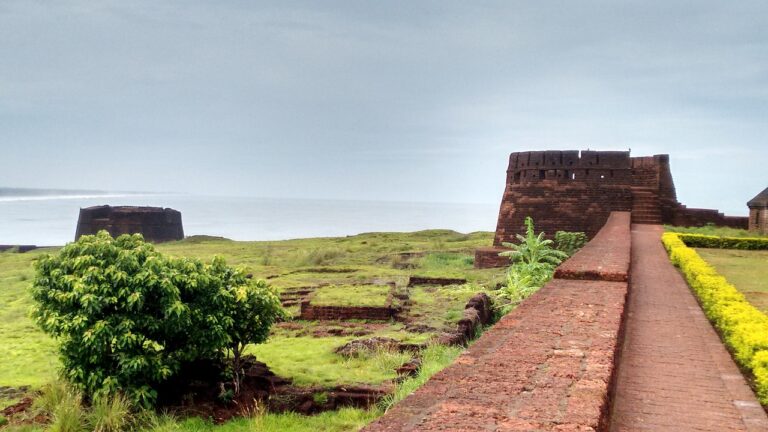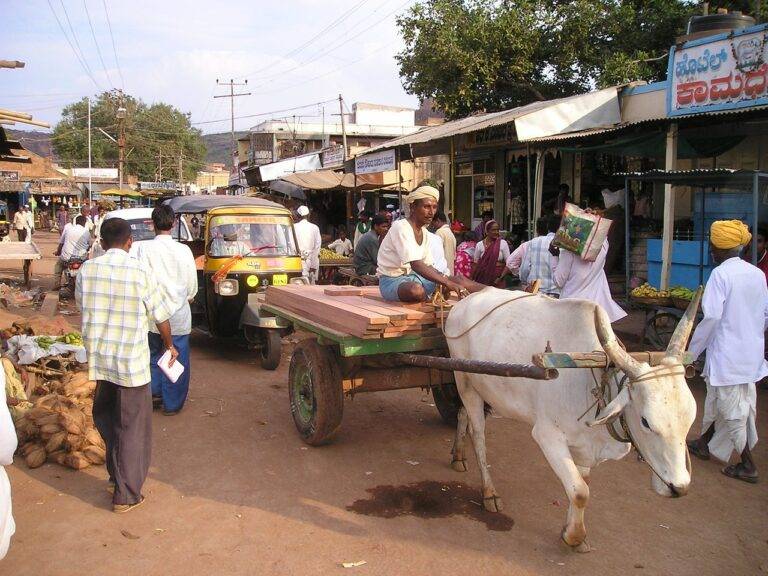Understanding the Significance of Exit Polls in Elections
Exit polls have been a staple in modern political elections, providing a real-time snapshot of voter trends and preferences. The origins of exit polls can be traced back to the early 20th century when newspapers began conducting rudimentary surveys to predict election outcomes. However, it wasn’t until the mid-20th century that exit polls truly gained popularity and credibility.
One of the milestones in the history of exit polls occurred during the 1960 U.S. presidential election when the American Research Group successfully conducted the first national exit poll. This groundbreaking initiative laid the foundation for the widespread use of exit polls in subsequent elections, both in the United States and around the world.
The Purpose of Exit Polls
Exit polls serve as a crucial tool in providing preliminary insights into election outcomes. By surveying voters as they exit polling stations, these polls aim to gauge the voting patterns and preferences of different demographic groups. The data collected from exit polls help media outlets and political analysts in making early predictions about the potential winners of an election.
Moreover, the information obtained from exit polls is not only beneficial for predicting election results but also for understanding the behavior and motivations of voters. It enables researchers to analyze the factors influencing voters’ decisions, such as age, gender, education level, and political affiliation. This in-depth analysis helps political parties and candidates in devising future campaign strategies to better connect with the electorate.
How Exit Polls Are Conducted
Exit polls are a crucial tool used by researchers and analysts to gather data on voter preferences and patterns during elections. The process begins with survey organizations strategically selecting polling locations that are geographically diverse and demographically representative of the population. As voters exit the polling stations, they are approached by trained interviewers who ask them to participate in the survey.
Each selected voter is then asked to complete a confidential questionnaire that typically includes questions about their demographics, voting behavior, and reasons for supporting a particular candidate or party. The data collected is used to make projections and analyze trends in voter behavior, providing valuable insights into the outcome of an election. Transparency and accuracy in conducting exit polls are essential to ensure the reliability of the results and the validity of the analysis.
What is the history of exit polls?
Exit polls first gained popularity in the United States during the 1960 presidential election. They were introduced as a way to predict election outcomes by surveying voters as they left polling stations.
What is the purpose of conducting exit polls?
The main purpose of exit polls is to provide real-time data on voter behavior and preferences. This information can be used by media outlets to make projections about election results and analyze trends among different demographic groups.
How are exit polls conducted?
Exit polls are typically conducted by surveying a random sample of voters as they exit polling stations on election day. Pollsters ask voters about their demographics, voting choices, and opinions on key issues. This data is then analyzed to provide insights into the voting patterns of different groups.







